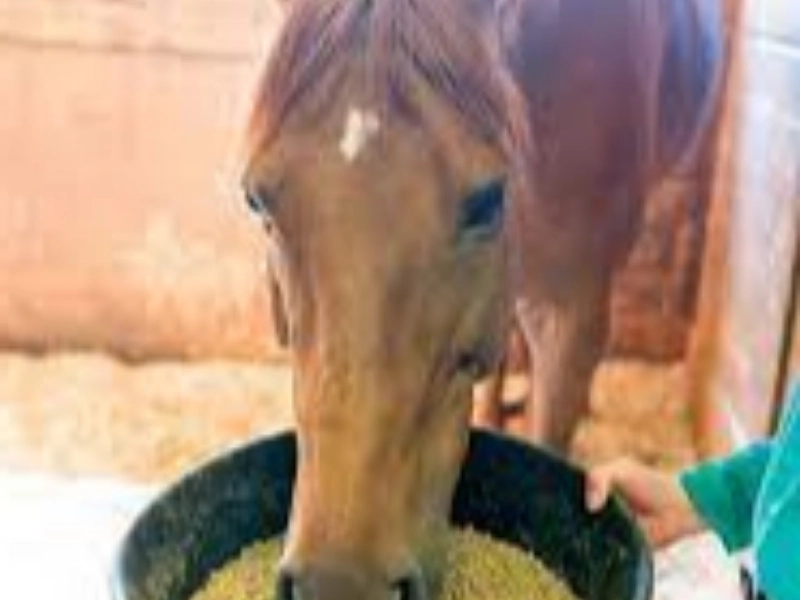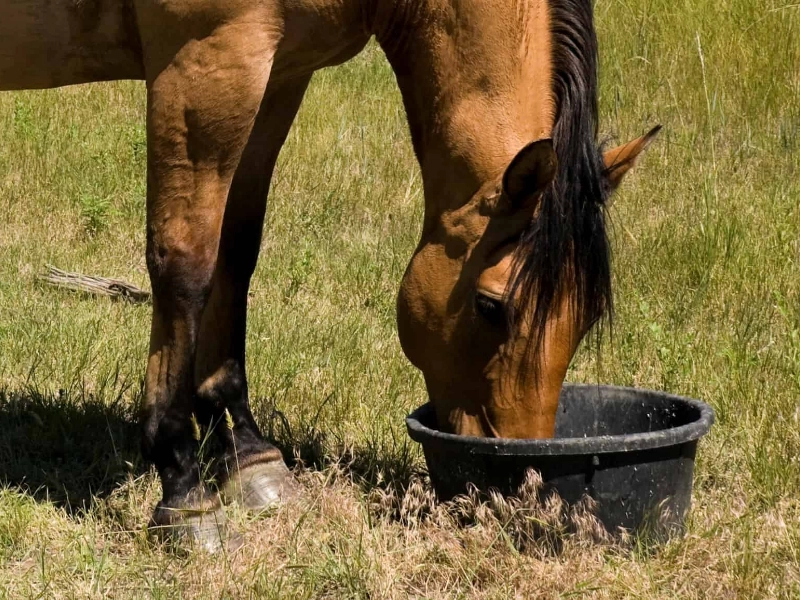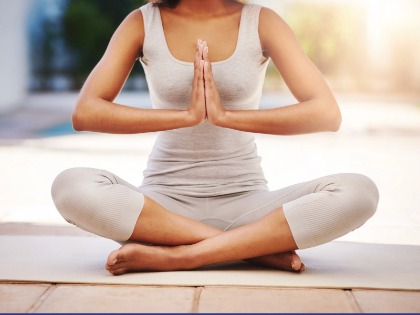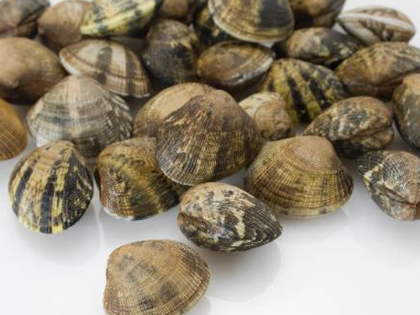Recovering from Equestrian Injuries: Returning to the Saddle Safely
It may seem as though you are losing a vital component of who you are when an injury related to horses keeps you from riding. Keeping an optimistic attitude and adhering to a comprehensive recovery program will enable you to resume riding safely as soon as possible. Your horse is prepared for limited exercise if he has reached the cool-down phase and has stopped exhibiting heat, discomfort, or oedema at the injury site.
Taking Care of Oneself

Muscle-Sack Injuries
 Among riders, fractures, dislocations, sprains, and torn ligaments are frequent injuries. They frequently need rest and physical treatment.
Among riders, fractures, dislocations, sprains, and torn ligaments are frequent injuries. They frequently need rest and physical treatment.
Joint Damage
 A joint is an intricate location where muscles, tendons, synovial membranes, and bones are joined. Remember that a joint injury may require more time to recover than other kinds of injuries.
Physical therapy, which consists of workouts, conditioning, and rehabilitation plans, is essential to the healing process. It also includes alternative therapies, compression, elevation, and hot and cold therapies for pain management.
A joint is an intricate location where muscles, tendons, synovial membranes, and bones are joined. Remember that a joint injury may require more time to recover than other kinds of injuries.
Physical therapy, which consists of workouts, conditioning, and rehabilitation plans, is essential to the healing process. It also includes alternative therapies, compression, elevation, and hot and cold therapies for pain management.
Obtain a medical clearance
 It's imperative to have a medical professional assess your injuries if you fell off a horse. This will guarantee that your injury has healed before you resume riding, and it is the first step towards getting back in the saddle safely.
Your doctor will probably advise resting the affected area in cases of musculoskeletal injuries in addition to physical treatment to help restore strength and mobility. When a patient has serious injuries such ligament rips or spinal fractures, a doctor may occasionally advise surgery.
You must process any emotional pain that resulted from the fall. It could be beneficial to discuss what happened with a reliable friend or perhaps seek professional counselling because this is a challenging situation. In order to make the incident feel less horrible, try to reframe your interpretation of it.
It's imperative to have a medical professional assess your injuries if you fell off a horse. This will guarantee that your injury has healed before you resume riding, and it is the first step towards getting back in the saddle safely.
Your doctor will probably advise resting the affected area in cases of musculoskeletal injuries in addition to physical treatment to help restore strength and mobility. When a patient has serious injuries such ligament rips or spinal fractures, a doctor may occasionally advise surgery.
You must process any emotional pain that resulted from the fall. It could be beneficial to discuss what happened with a reliable friend or perhaps seek professional counselling because this is a challenging situation. In order to make the incident feel less horrible, try to reframe your interpretation of it.
Begin Gradually
 After a fall, you must gradually increase your riding level until you are back to where you want to be. This helps keep you from being hurt again and gives you more self-assurance that you can get back on and stay in the saddle.
An equestrian sports-focused trainer may assist you in creating a safe and efficient recovery program that will gradually increase your strength and self-assurance. It's also a good idea to bring along a support person or someone who can assist you with your horse if necessary.
Since horses are not used to being confined for extended periods of time, the initial stall rest is one of the most difficult aspects of joint injury recovery for them. While it may be difficult for the owners as well as the horses, letting them remain in their stalls can speed up their recuperation significantly.
After a fall, you must gradually increase your riding level until you are back to where you want to be. This helps keep you from being hurt again and gives you more self-assurance that you can get back on and stay in the saddle.
An equestrian sports-focused trainer may assist you in creating a safe and efficient recovery program that will gradually increase your strength and self-assurance. It's also a good idea to bring along a support person or someone who can assist you with your horse if necessary.
Since horses are not used to being confined for extended periods of time, the initial stall rest is one of the most difficult aspects of joint injury recovery for them. While it may be difficult for the owners as well as the horses, letting them remain in their stalls can speed up their recuperation significantly.
Avoid Going Too Far
 One significant trap that a lot of injured riders encounter is the "comparison trap." They believe that they will soon return to their pre-injury state after observing the improvement of their equines and fellow riders. This is a risky, counterproductive route that ends in disappointment and frustration.
Each type of tissue heals at a different pace. Tendons mend more slowly than bones, for example. It's also critical to remember that multiple structures may be affected by a joint injury, which makes recovery more difficult.
You can avoid overstretching the injured tissue by include gradual, regulated activity in your healing regimen. Walking over ground poles and core-strengthening activities like carrot stretches are a couple of examples. While you are recovering, it's a good idea to stay away from boisterous crowds since this may result in reinjury.
One significant trap that a lot of injured riders encounter is the "comparison trap." They believe that they will soon return to their pre-injury state after observing the improvement of their equines and fellow riders. This is a risky, counterproductive route that ends in disappointment and frustration.
Each type of tissue heals at a different pace. Tendons mend more slowly than bones, for example. It's also critical to remember that multiple structures may be affected by a joint injury, which makes recovery more difficult.
You can avoid overstretching the injured tissue by include gradual, regulated activity in your healing regimen. Walking over ground poles and core-strengthening activities like carrot stretches are a couple of examples. While you are recovering, it's a good idea to stay away from boisterous crowds since this may result in reinjury.









